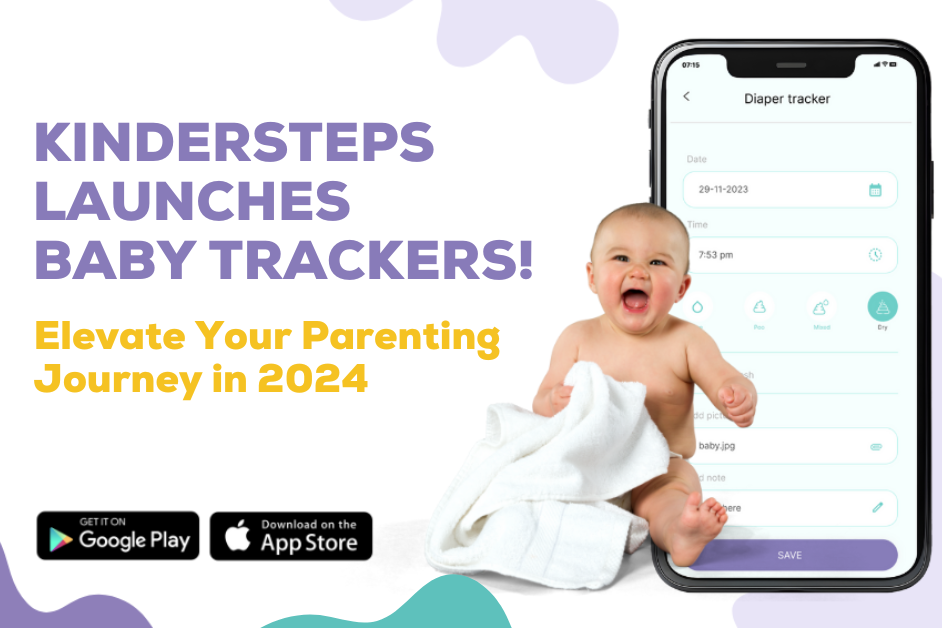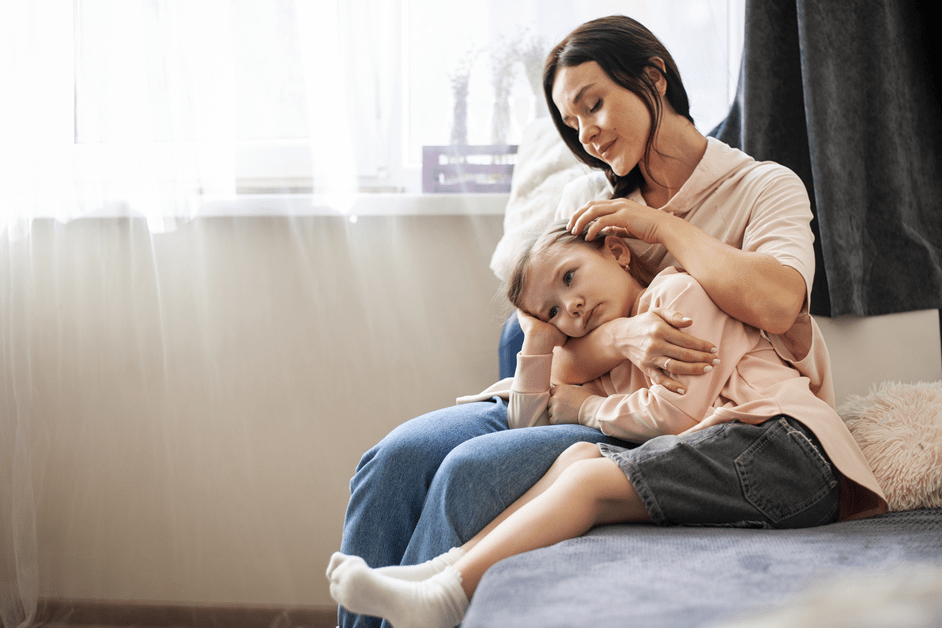Mindfulness: Benefits and Activities for Young Children
0 to 5 years of age are the most crucial years of your child’s psychological development. This is the time they are learning social and emotional skills that shape their interactions with themselves and others in the future.
While adulthood brings a lot of stress, the truth is children don’t have it any easier. In their growing years, losing their favorite toy or not finding their parents is comparable to the stresses of adulthood like severe illness or job instability.
If growing children are not taught healthy coping strategies, it can adversely impact their adolescence and adulthood.
The good news is that you can teach young children how to manage their emotions and help them grow into resilient adults. Mindfulness can help you build solid foundations of emotional health in your young children.
What is mindfulness?
How does mindfulness help children?
- Reduced stress, anxiety, sadness, or disruptive behavior
- Better ability to cope with changes or stressful situations
- Better sleep habits
- Increased focus, concentration, and memory
- Improved ability to resolve conflicts
- Higher self-esteem and self-control
- More confidence in themselves and their decisions
- Increased compassion and gratitude
- Healthier relationships with others
- Greater sense of happiness, contentment, and overall well-being
1. Mindful Strolling
Mindful walks or strolls are a great way to teach your children to dissociate from everything else; just observe what’s happening in the present moment and feel relaxed. Take your kids outdoors almost every day. Next time you’re out for a lazy stroll or play, designate a few minutes to make them notice the surroundings with complete silence. Ask them to simply pay attention to the sound of birds and animals. Not only will this help them relax, but they will also feel more connected to nature.
2. Personal Weather Report
3. Gratitude Practice
4. Breathing Buddy Exercise
5. Bubble Distraction
Parting words
Mindfulness, by definition, is the state of being aware of the present. The mindfulness practice focuses on paying attention to our inner feelings and outer surroundings as it is in the moment. The purpose of this practice is to observe our thoughts, feelings, and bodily sensations without judgment, regulate our emotions and learn to cope effectively with our problems. In essence, mindfulness is a tool for emotional regulation and a technique to build resilience.
Though mindfulness is an ancient practice, it has garnered attention for its scientifically proven benefits for the body and mind.
Let’s find out more about its advantages for children.
The effects of mindfulness on children have been extensively studied over the past few years. The studies suggest mindfulness habits developed during early years promote well-being all the way to their adulthood.
By teaching your children mindfulness, you can expect several benefits, such as:
Now the most important part - how can you teach mindfulness to your young children?
Let’s find out.
Mindfulness can seem complex for children, but it is possible. You can introduce mindfulness to your child under 5 years old with these easy and fun activities.
Observing one’s emotions is a crucial aspect of mindfulness. For young children, understanding their feelings is not an easy task at all.
You can teach them to check in on their emotions by making a game out of it. Eline Snel’s method of reporting emotions as weather can be helpful. Snel, a mindfulness trainer, encourages children to report which weather - sunny, rainy, stormy, calm, windy, tsunami - best describes their feelings at the moment.
You can make it a daily activity to help your child observe their feelings without the difficulty of correctly identifying them.
Shifting focus to what we have as opposed to what we don’t is another essential component of mindfulness. A daily gratitude practice can help you bring your child’s focus to what they have instead of just focusing on what they crave.
Every day before going to sleep, all the family members can express gratitude out loud for the things like a good meal, having family around, something that made them laugh, and so on.
Breathing exercise instructions can be hard to follow for children. A breathing buddy can help. In this exercise, children lay down with a stuffed toy on their belly and watch it go up and down as they breathe.
This exercise is excellent for getting children to pay attention to their breath. It helps them shift their focus away from distraction and feel calm.
Teaching mindfulness to toddlers is especially difficult.
One of the best ways to bring their attention to the present moment is by blowing bubbles. When your child is agitated, instead of distracting them with toys, blow bubbles to calm them. Combine this with saying things like “goodbye tears,” “fly away sadness.” Over time, this simple practice will help them develop a sense of letting go of bad feelings.
Needless to say, mindfulness is an incredible tool to equip your children with essential emotional and social skills for a happier life. Practicing simple mindfulness activities with children can help them reap great benefits in the long run. You can find more ideas and activities on the KinderSteps app.
With KinderSteps, parenting becomes a smoother experience. Here, you’ll find activities and parenting tips vital to your child’s development. Moreover, you can cherish all their milestones and achievements by sharing photos and videos with your family.




.jpg?alt=media&token=166b64a9-274c-400c-95e4-baf0013e7e43)


